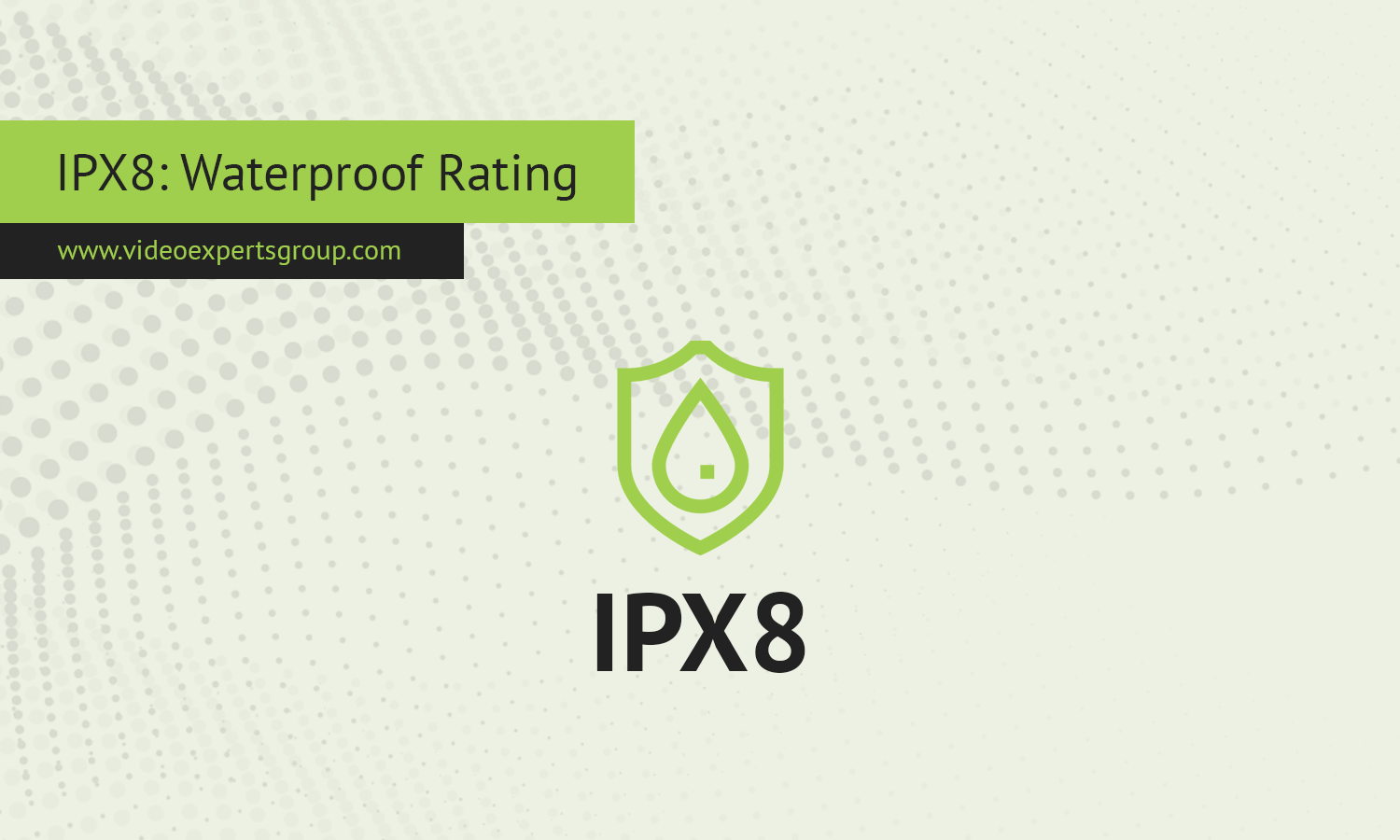When it comes to water resistance in electronic devices, the IPX8 rating stands out as one of the highest levels of protection. It is commonly seen on devices designed for extended underwater use, such as waterproof cameras, diving equipment, and high-end smartphones. Understanding what an IPX8 rating entails can help you choose products that will remain functional even when submerged in deep water for extended periods.
Meaning
IPX8 is a water ingress protection rating under the Ingress Protection (IP) code system, which evaluates the ability of devices to withstand exposure to solids and liquids. The "IP" stands for Ingress Protection, while the "X" means there is no specific rating for protection against solid objects like dust. The "8" refers to the highest level of protection against water ingress, indicating that a device can handle continuous submersion in water at a depth greater than 1 meter. The exact depth and duration depend on the manufacturer’s specifications, but devices with this rating are designed for use in underwater environments for longer periods than those rated IPX7.
IPX8-rated devices are often found in equipment used for water sports, deep-sea photography, or professional underwater exploration.
IPX Rating Chart
| IPX Rating | Protection Level | Description |
| IPX0 | No protection | No protection against water ingress |
| IPX1 | Drip-proof | Protection against vertical water drops |
| IPX2 | Drip-proof (15-degree tilt) | Protection against water drops when tilted up to 15 degrees |
| IPX3 | Spray-proof | Protection against water spray up to 60 degrees from vertical |
| IPX4 | Splash-proof | Protection against water splashes from any direction |
| IPX5 | Water-jet resistant | Protection against water jets from a 6.3mm nozzle from any direction |
| IPX6 | Powerful water-jet resistant | Protection against more powerful water jets |
| IPX7 | Immersion up to 1 meter | Protection against temporary immersion in water up to 1 meter for 30 minutes |
| IPX8 | Immersion beyond 1 meter | Protection against continuous immersion in water beyond 1 meter, under conditions set by the manufacturer |
| IPX9 | High-pressure, high-temperature water resistant | Protection against high-pressure, high-temperature water jets |
What is the IPX8 Test Procedure?
The IPX8 test simulates conditions where a device is subjected to long-term water immersion. Unlike IPX7, where the depth is fixed at 1 meter for 30 minutes, IPX8 testing allows for more flexible conditions based on the manufacturer's claims. Here’s how the IPX8 test is generally conducted:
-
Test Setup: The device is placed in its typical operating state and completely submerged in water at the specified depth.
-
Depth of Submersion: The depth at which the test is performed varies depending on the device's intended use and the manufacturer’s claims. For example, some devices may be tested at a depth of 2 meters, while others may be submerged at depths greater than 10 meters. The depth must be specified by the manufacturer and exceed 1 meter.
-
Duration of Submersion: Similar to depth, the time the device is submerged is also determined by the manufacturer. The device must endure submersion for a prolonged period, which could be anywhere from 30 minutes to several hours or more.
-
Post-Submersion Check: After the specified time has elapsed, the device is removed from the water and carefully inspected. Technicians check for any signs of water ingress, particularly in areas where seals may be compromised, such as around ports or seams.
-
Functionality Test: The device must function normally after submersion. This includes testing all buttons, ports, sensors, and other electronic components to ensure they were not affected by the water exposure.
-
Pass Criteria: For the device to pass the IPX8 test, it must show no signs of water penetration that would damage internal components or compromise functionality.
Requirements
To achieve an IPX8 rating, devices must meet specific technical and construction standards. These requirements ensure that the product can withstand continuous immersion without compromising performance.
-
Sealing Mechanisms: Devices with an IPX8 rating must have robust waterproof seals. These seals are often made of rubber, silicone, or other water-resistant materials that protect vulnerable areas like charging ports, speakers, or buttons from water ingress.
-
Durable Materials: The casing of the device must be constructed from materials that can resist water pressure, corrosion, and prolonged exposure to moisture. Metals and plastics used in these devices are often treated with special coatings to enhance water resistance.
-
Custom Depth Specifications: One of the unique aspects of IPX8 is that the specific depth and duration of submersion are not standardized across all devices. Manufacturers must clearly specify the conditions under which their product is rated IPX8, whether that’s 2 meters for 30 minutes or 5 meters for 60 minutes.
-
Post-Submersion Integrity: After being submerged for the specified depth and time, the device must remain fully functional. This includes not only basic electronics but also features like touchscreen sensitivity, sound quality from speakers, and camera lens clarity if applicable. Any water intrusion or malfunction disqualifies the device from being IPX8 rated.
FAQ
IPX8 is the go-to waterproof rating for devices intended for use in deep water or prolonged underwater activities. Whether you're an underwater photographer, a diver, or someone who wants a durable smartphone for the beach or pool, an IPX8-rated device will offer peace of mind. While the exact depth and duration of protection vary by product, the IPX8 rating ensures that the device can withstand much more than splashes or short-term submersion, making it ideal for demanding aquatic environments. However, for extreme underwater activities, always check the manufacturer’s specific depth and time limits to ensure the device meets your needs.
















